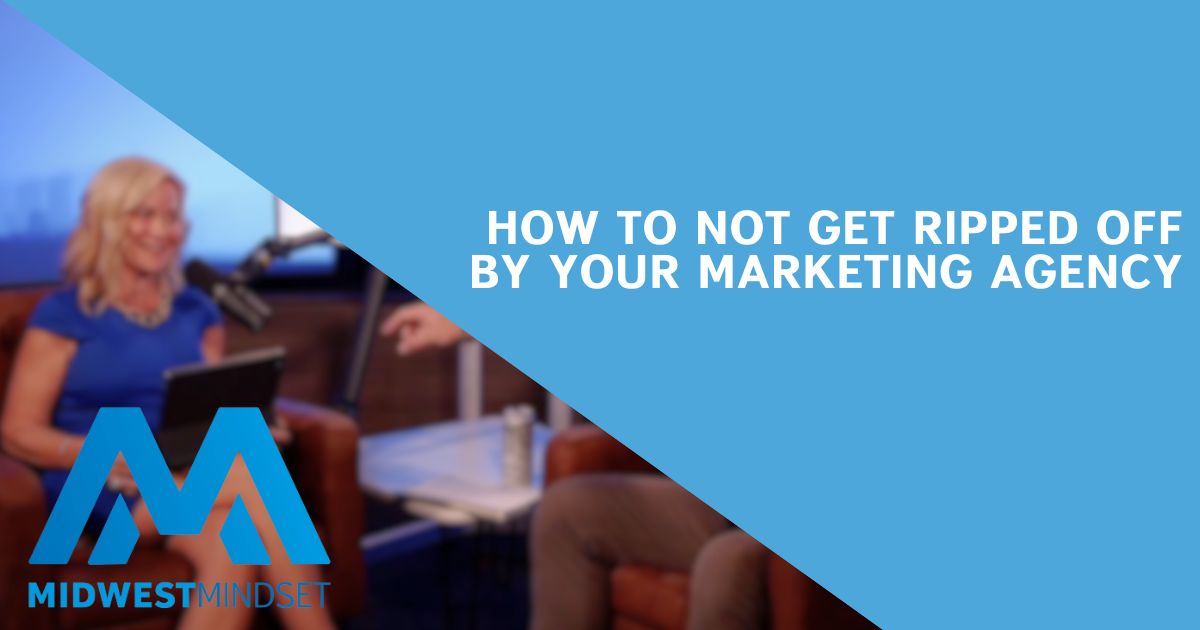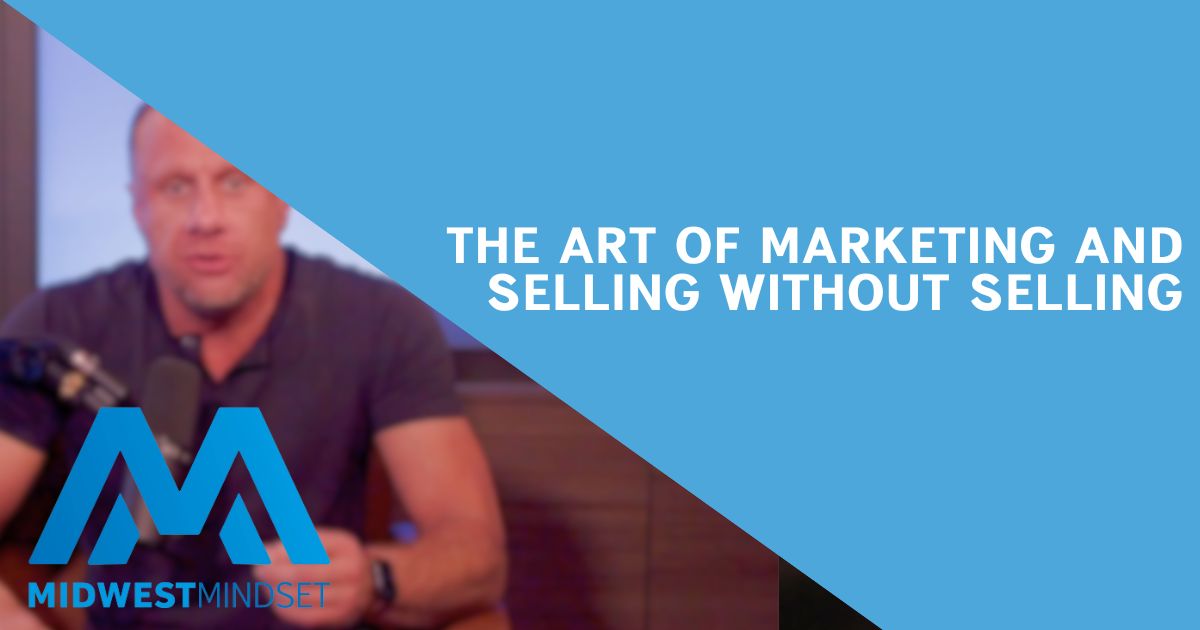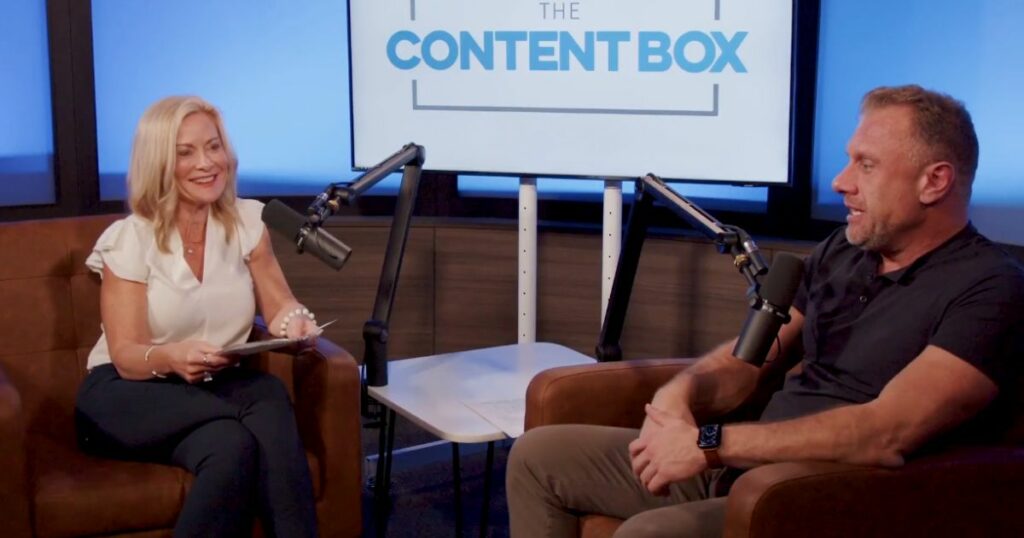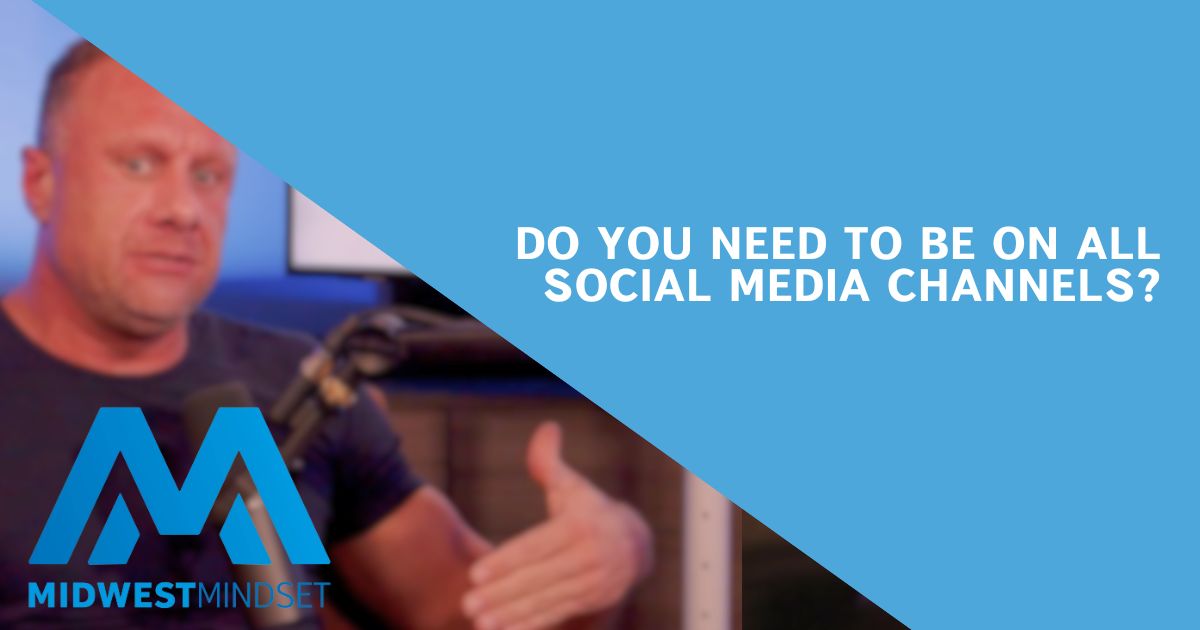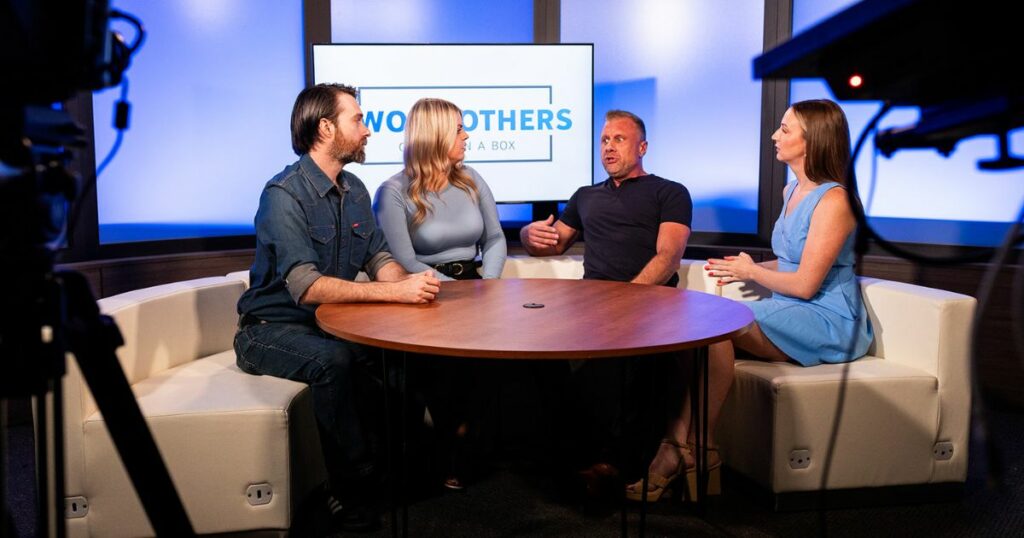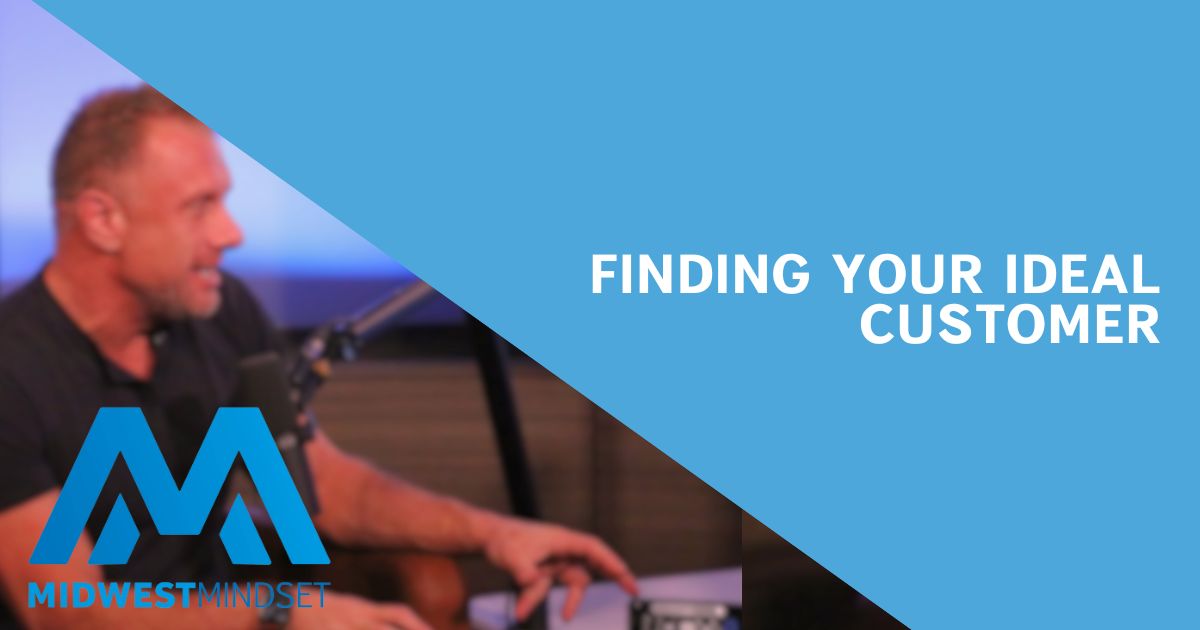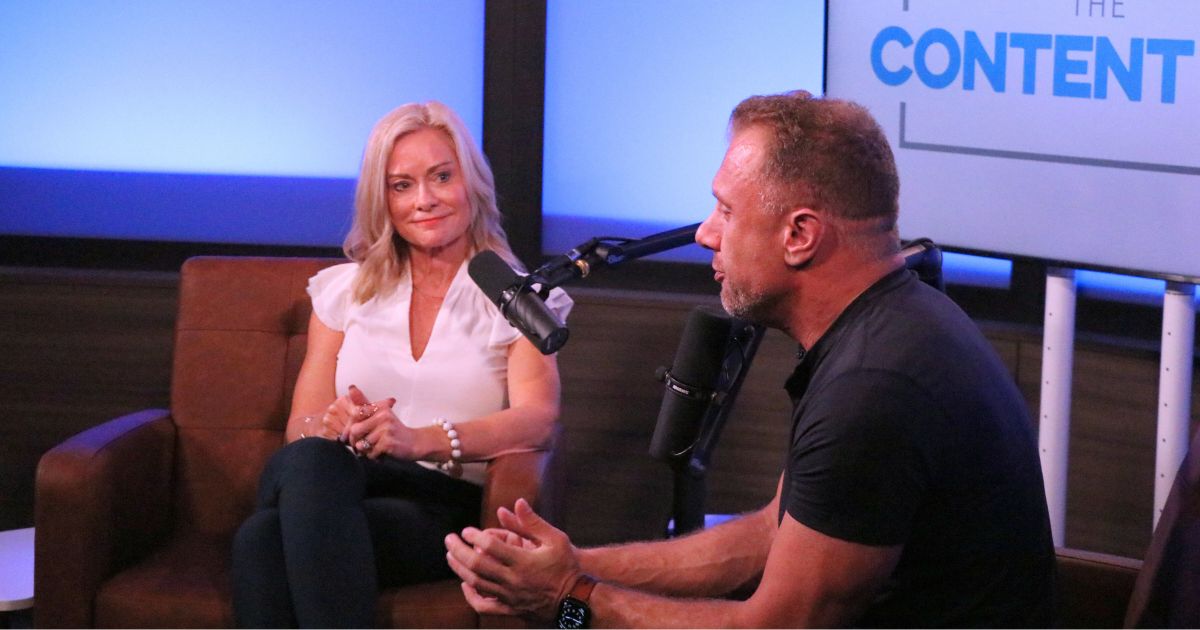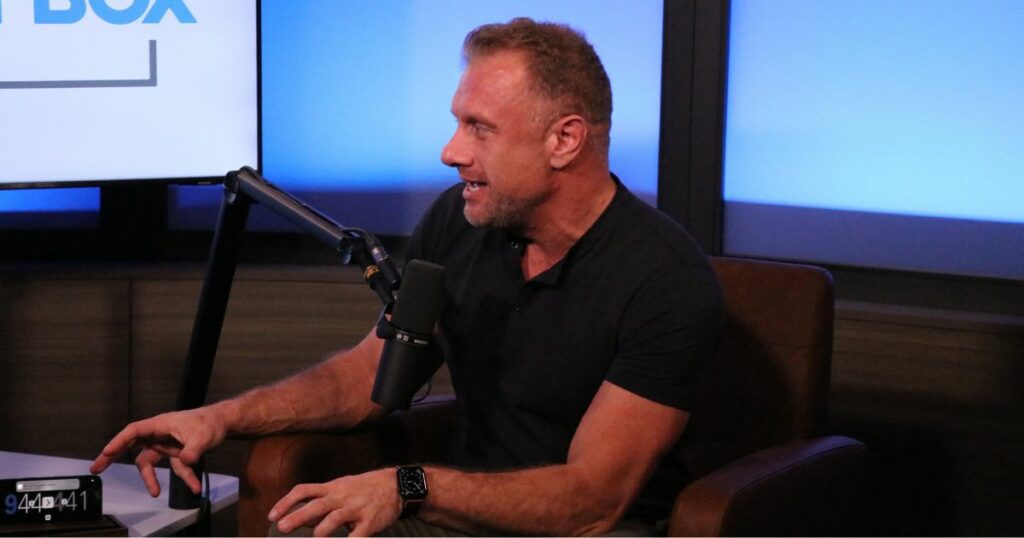Qualities of a Good Digital Marketing Agency: Avoid Getting Scammed
We’ve all been scammed.
For some people, it’s a “prince” from South Africa. For others, it’s a Gucci bag with three ‘C’s. For many businesses, it’s a digital marketing agency.
Businesses lose billions of dollars each year to shady marketing agencies. In this article, we share the key traits of a good marketing agency. This way, you can avoid falling for scams.
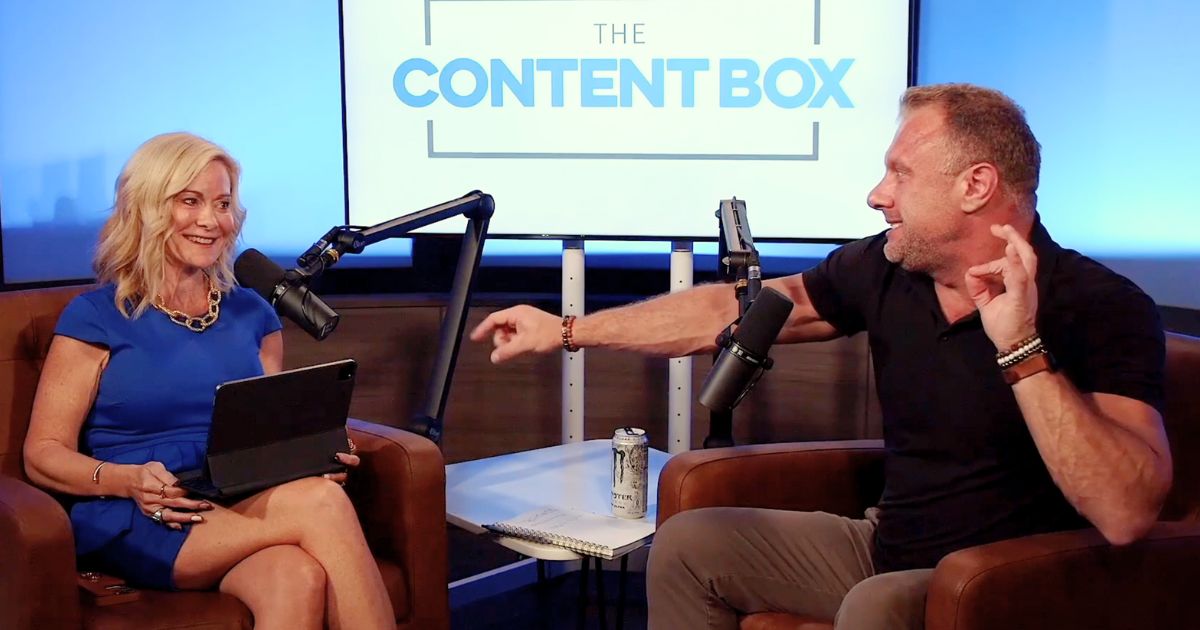
Content Marketing Today
In a crowded market with many competitors, some marketing companies use dishonest practices. These actions do not serve the client’s best interests.
The Prevalence of Marketing Scams
The numbers are staggering. Billions – yes, with a “B” – of dollars are lost each year to fraudulent marketing practices.
From shady operations that take your money to complex scams that promise a lot but give nothing, the risks are real.
But it’s not just about outright scams. Many businesses become victims of the “invisible” scam. This happens with agencies that do not deliver results. They may not be breaking any laws.
You end up paying for services that don’t move the needle, leaving you feeling frustrated and disillusioned.
The emotional toll of being taken advantage of can be significant. It erodes trust, creates anxiety, and can even lead to businesses giving up on marketing altogether. But it doesn’t have to be this way.
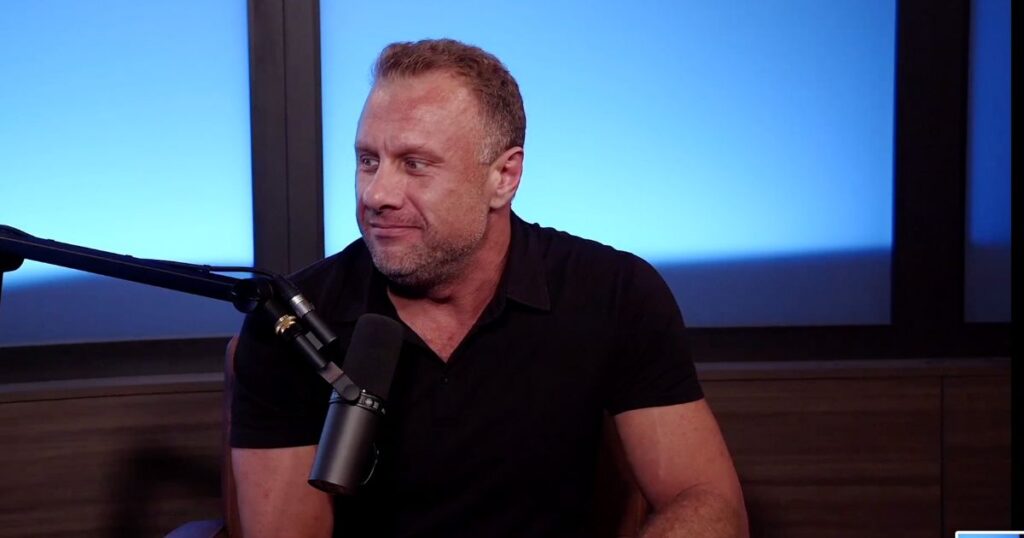
Red Flags: Warning Signs of a Shady Marketing Agency
So, how can you protect yourself? Here are some red flags to watch out for when evaluating a potential marketing agency.
- No Clear Contract or Scope of Work: The best marketing agencies will have a clear contract. This contract will explain the services they will provide. It will also list the deliverables you can expect and the terms of the agreement. If they’re hesitant to put things in writing, it’s a major red flag.
- Lack of Transparency and Accountability: You should have regular access to reports and insights into your campaigns. If an agency is cagey about sharing data or explaining their strategies, it’s a sign they might have something to hide.
- Vague Metrics: Likes and followers are nice, but they don’t pay the bills. Beware of agencies that prioritize these vanity metrics over tangible results like leads, conversions, and sales.
- Overuse of Jargon and Buzzwords: The marketing world is full of buzzwords and acronyms. A good agency will explain complex concepts in simple terms you can understand. If they’re constantly bombarding you with jargon, it might be a tactic to confuse and impress you.
- High-Pressure Sales Tactics: If an agency is rushing you to sign a contract, it’s a red flag. If they make you feel guilty for not deciding quickly, it’s better to walk away. A trustworthy agency will give you the time and space you need to make an informed decision.
- Saying “Yes” to Everything: A good marketing agency will question your ideas. They will push back if they believe something is not in your best interest. If they’re always saying “yes,” even when it doesn’t make sense, it’s a sign they’re more interested in your money than your success.
- Unwillingness to Provide Value Upfront: Good agencies believe in their skills. They often offer free consultations or audits to show what they can do. If an agency is unwilling to provide any value upfront, it’s a red flag.
Green Lights: Qualities Of A Good Digital Marketing Agency
Now that you know what to avoid, let’s talk about what to look for in a trustworthy marketing partner:
- Clear Communication and Transparency: They explain their strategies and processes clearly. They are always ready to answer your questions.
- Focus on Measurable Goals and ROI: They set clear objectives for your campaigns and track progress towards achieving them. They understand that marketing is an investment, and they’re committed to delivering a return on that investment.
- Collaborative Partnership: They view you as a valued partner in the process, not just a client. They involve you in the decision-making process and welcome your input.
- Proven Success and Happy Clients: They have successful campaigns. Their clients are happy and willing to share positive feedback.
- No Long-Term Contracts or Hidden Fees: They provide flexible terms and clear pricing. You won’t be surprised by extra costs.

“Is My Marketing Agency Ripping Me Off?” a Checklist
To help you further evaluate your current or potential marketing agency, we’ve created a free downloadable checklist. This handy resource will guide you through a series of questions to assess whether your agency is truly working in your best interest.
Choosing The Right Marketing Agency in Omaha and the US
Choosing the right marketing agency is a critical decision for any business. By knowing the warning signs and focusing on what makes a good agency, you can avoid scams. This way, you can find a partner who will help you reach your marketing goals.
Remember, you have the power to make informed decisions and choose an agency that truly cares about your success.
Trust your gut, do your research, and prioritize value and relationships. If you’re ready to find a marketing partner who will treat you like a neighbor, not a number, we’re here to help.
Don’t hesitate to reach out and schedule a free consultation today.
